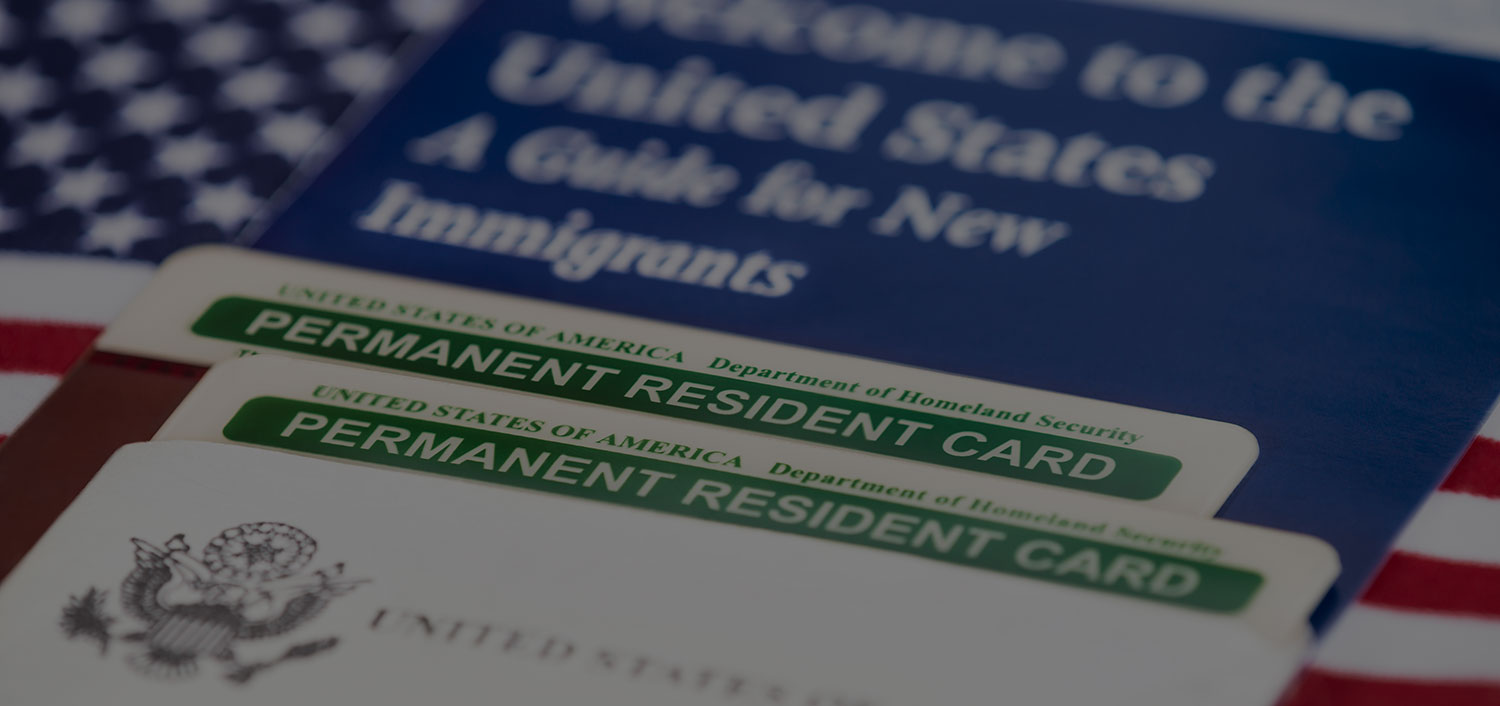Marriage to a permanent resident is very problematical and often results in the recently- married spouses living apart for many years.
It is also possible for a U.S. citizen to obtain a temporary visa for a fiancee and get married once he or she arrives in the U.S.
IF THE MARRIAGE OCCURS IN THE U.S.
Procedurally, the process works like this. The U.S. citizen must submit a visa petition to appropriate INS Service Center to prove that the marriage is bona fide, that is, entered into for love rather than simply for the foreign-born spouse to obtain a green card.Simultaneously, the foreign-born spouse should submit an application for adjustment of status which is an application for a green card. Items which may accompany the green card application include green card photographs, an application for employment authorization, an application for a travel permit and numerous other INS forms.
IF THE MARRIAGE OCCURS OUTSIDE THE U.S.
The process is roughly the same except that the foreign-born spouse usually must remain in his or her country until he or she obtains a green card.The process begins when the citizen spouse submits a visa petition to either the INS office which has jurisdiction over his residence or directly to the U.S. Embassy or Consulate in the country where the foreign-born spouse resides.
Once the visa petition is approved, the foreign-born spouse will receive a packet from the National Visa Center (NVC) located in Portsmouth, New Hampshire. The packet informs the foreign-born spouse of the various documents which must be presented at the immigrant visa interview abroad (e.g., passport, police clearances, results of medical examinations, etc.). The packet includes certain documents requesting biographic data which must be completed, signed and forwarded to the U.S. Embassy or Consulate abroad.
Usually, the foreign-born spouse is interviewed and granted an immigrant visa within three to six months.
Sometimes, in order to avoid a lengthy separation, the spouses return to the U.S. after the marriage and proceed to file the necessary applications once they are both in the U.S. Usually, INS takes a dim view of this practice. It is not uncommon for the INS to stop the foreign-born spouse at the border and exclude him or her from the U.S. as an intending immigrant. However, if the foreign-born spouse is able to enter the U.S., INS will not deny his or her application for a green card simply because he or she entered the U.S. on a temporary visa when their real intent was to remain permanently in the U.S.
CONDITIONAL RESIDENCE
If the marriage is less than two years old when the foreign-born spouse becomes a permanent resident, the green card will expire after a two-year period. Both spouses must submit a joint petition to remove the two-year condition within the 90-day period immediately preceding the end of the two year period.
If the marriage has terminated by reason of divorce, death of the citizen spouse or spousal abuse, the foreign-born spouse may apply for a waiver of the joint petition requirement.
